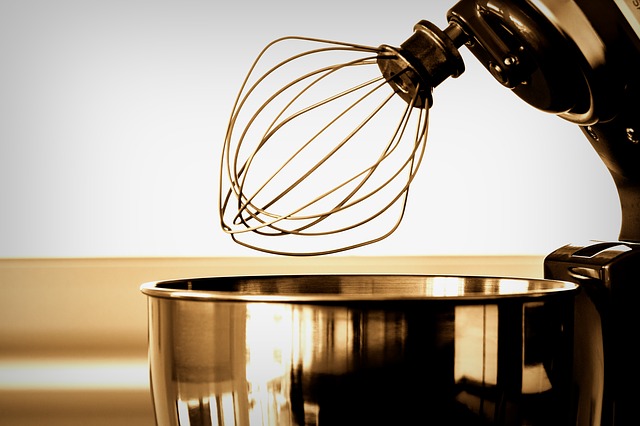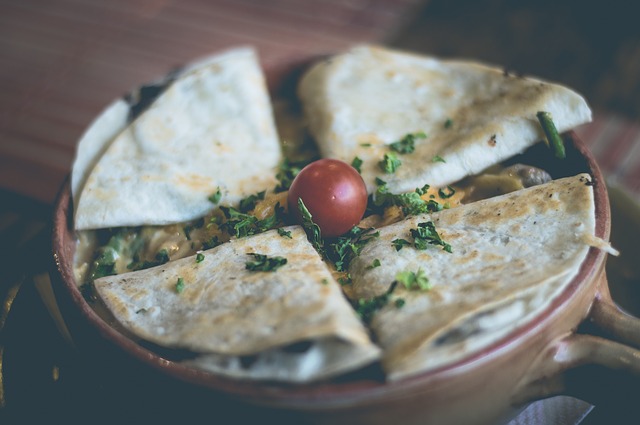With the holiday season in full swing, most folks are eager to chef up those delectable meals that put us in the spirit. In this piece, we’ll discuss how to properly grill a delicious ribeye steak on a gas grill. Now grilling a steak is a skill that anyone can master. The secret to a phenomenal steak is following the steps and keeping a vigilant eye on your steak while it cooks.
So, let’s dive right into the steps for getting that ribeye cut from package to plate.
Step 1: Choosing a Right Cut
The first step in the process is choosing the right cut. For those who don’t yet know, the ribeye comes from the rib section of the cow.
The ribs sit in front of the short loin section of the cow and right behind the chuck section, which is the shoulder area of the cow. Now that you know where the meat’s coming from, let’s discuss the cuts.
There are technically eight USDA-rated cuts for ribeye.
The full list is as follows:
- Prime
- Choice
- Select
- Standard
- Commercial
- Utility
- Cutter
- Canner
Prime
For the sake of this piece, we’ll discuss the first four, which are also the top four types of cuts. The first is prime. Prime cuts have the most marbling of all of the cuts, which translates into more flavor, thus, fetching a higher price. This makes it the cut of most high-end establishments.
Choice
The second is the choice cut. The choice cut has less marbling than the prime cut and because of this, it’s less expensive. This also chooses to cut one of the most widely available cuts.
Select
The third cut is selected. Select has even less marbling than the choice cut and is. therefore, leaner meat.
The fourth cut, the standard cut, is similar to the select cut but is even of lesser quality. The quality of cuts decreases as you work through the rest of the cuts.
As for picking your cut, we recommend choosing from one of the first three cuts for a high-quality ribeye.
Step 2: Prepare Steak
Once you’ve chosen a cut, it’s time to prepare the steak. These preparation steps are important to follow as they determine whether or not your steak will cook properly and evenly. The first thing to do is remove the rib eye from the fridge.
Room Temperature
The reason for removing your steak from the fridge to sit before heading to the grill is that the steak needs to be at room temperature for roughly an hour to ensure it will cook evenly and be capable of hitting that doneness level you’re aiming for.
Salt & Seasonings
The next thing to do is salt the steak. This step is optional but if you’re going to do it, be sure to salt the steak roughly one hour before you plan to grill it. This is because the salt will draw water from the steak and for the liquids and salt to be re-absorbed, they must sit for an hour.
If you fail to salt or choose not to when removing the steak from the fridge, wait about 10 minutes before grilling to ensure none of the liquids are drawn out.
After you’ve salted your steak, you can also season it with whatever you’d like, whether that be chopped onion, garlic powder, pepper, etc. Of course, you can also avoid seasonings other than salt to appreciate the flavors of the ribeye.
Step 3: Prepare Grill
So, your steak is prepped, and now it’s the grill’s turn. You’ll want to heat your grill to anywhere from 450 – 500º F. The ribeye is a more tender cut of the steak and therefore requires less heat than some cuts. You can start this heating process roughly 30 minutes into the steak resting at room temperature. Once you’ve heated the grill, you should oil the grates (unless you’ve oiled the steak, which we don’t recommend).
Oil the Grates
Once the grill has achieved the desired temperature, turn off the burners and apply a light layer of oil. This should be done with a brush of some sort as the grate will be very hot.
Once you’ve oiled the grates, you’re going to turn the grill burners back up and close the lid. You’ll want to let the oil burn and season onto the grates for at least ten minutes before putting the steak on.
Expect some smoke during this step because the oil is going to be carbonizing the grates.
As a side note, be positive to use a high-heat oil such as vegetable oil for seasoning the grates.
After you’ve allowed the oil to burn for 10 minutes, turn the burners back down to low. Your grill is now ready for the steak.
Step 4: Choose Doneness and Let it Burn!
Before placing your steak on the grill, it’s best to have an idea of the desired doneness. This means whether or not you want your ribeye rare, medium, well done, etc. The way to achieve your desired doneness is by achieving the correlated internal temperature. The following is a list of the levels of doneness and the internal temperature that gets you there:
- Extra Rare: 115-120ºF
- Rare: 125-130ºF
- Medium Rare: 130-140ºF
- Medium: 140-150ºF
- Well Done: 160-212ºF
- Medium Well: 150-155ºF
The most accurate way to achieve the desired internal temperature you’re looking for is to use an internal cooking thermometer.
Guessing at this stage is risky and puts the whole grill session in jeopardy.
Step 5: Removing Steak
The final step before you’re able to enjoy all the hard work you’ve put into this steak is to remove it from the grill and allow it to rest. All steaks must rest after grilling because the cells in the meat leak liquids during the cooking process and require time after being removed from heat to be re-absorbed into the meat.
If you cut the steak before letting it rest, the liquids will come flooding out and will reduce the flavor and juiciness of the steak.
You should bring the steak to rest on a plate with tented foil. Also, it’s important to note that the steak will gain two to five degrees internally during the resting period.
Grilling a ribeye on a gas grill is tremendously doable by anyone as long as the steps are followed and care is given to the process. It’s important to follow all steps in the process unless, of course, you’re going to skip the seasoning step, which is perfectly okay. However, allow your steak the hour it needs to reach room temperature, or more if necessary. Prepare your grill in the proper order, let it rest to finish, etc.
With the help of the aforementioned steps, your steak is ready to jump to the next level!


